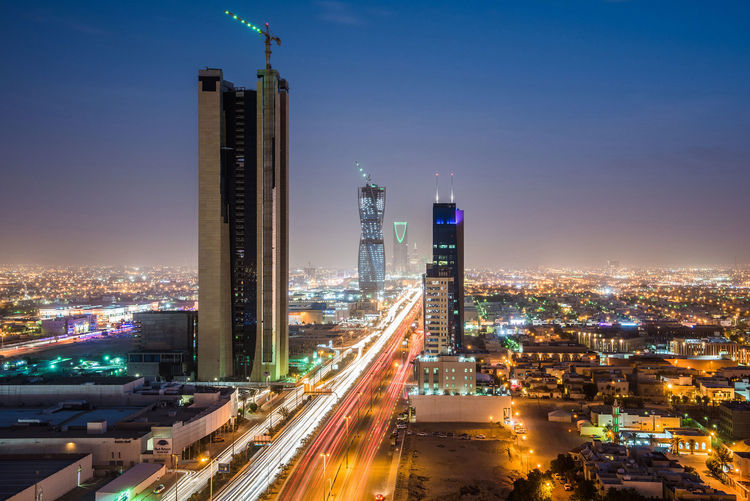
Stocks just chalked up their longest rally since 2014, default risk is tumbling and the cash squeeze in the nation’s banking system is suddenly dissipating.
Such is the optimism reverberating through Saudi Arabia’s markets since the nation, the world’s biggest oil exporter, made good on a promise to sell its first international bonds that its markets are in their best phase for months. October’s $17.5 billion offering, the largest from an emerging-market nation, was part of the kingdom’s plan to cope with falling crude prices and develop its $646 billion economy away from oil.
“Not only do investors now believe the nation is committed to economic reform, but it now has cash to sort out some issues, such as arrears to contractors,” said Richard Segal, a senior analyst at Manulife Asset Management in London.
The bond sale turned around markets that were reeling under the strain of the government’s austerity measures. Before the offering, Saudi stocks were among the world’s worst performers this year, the rate banks use to lend to each other was at the highest level since 2009 and the nation’s credit risk rose above that of Dubai, whose debt-to-gross domestic product was about 125 percent, according to International Monetary Fund estimates, compared with Saudi Arabia’s 7.7 percent.
The kingdom is planning more borrowing, possibly via Islamic bonds, as it diversifies its sources of funding to help cope with the drop in oil.
But with a projected budget deficit of almost $90 billion this year, debt offerings won’t solve the nation’s issues. Not only does the kingdom still rely on oil for most of its revenue, it’s leading a war in Yemen and has already burned through $178 billion of its foreign currency reserves since the start of 2015. The IMF warned last year that if Saudi Arabia doesn’t make changes to its spending habits, it could exhaust its reserves by 2020.
The Tadawul All Share Index rallied for nine straight days after the bond sale, the longest rising streak in more than two years, on bets the offering would help the government resume payments to contractors frozen amid the squeeze and ease pressure on its finances. The gauge has gained 12 percent since the issue, curbing its loss since the start of 2016 to 12 percent, from 21 percent the day before the offering, the second-highest in the world.
The three-month Saudi interbank offered rate, used to price loans, dropped for six consecutive days through Sunday, the longest run since March 2015, after the kingdom reduced weekly domestic debt sales and pledged to inject billions of riyals into the banking sector. Prior to the sale in October, Saibor was at the highest level in more than seven years.
While the rate declined to 2.255 percent on Sunday, it’s still the highest among the six nations that make up the Gulf Cooperation Council, including the United Arab Emirates and Qatar.
Saudi Arabia’s five-year credit default swaps have dropped below those of Dubai, an emirate that almost defaulted on debt after the 2008 financial crisis. The cost of insuring Saudi bonds against nonpayment fell to as low as 131.5 basis points on Oct. 27, the lowest level in a year, according to CMA data compiled by Bloomberg.
Recommended for you
